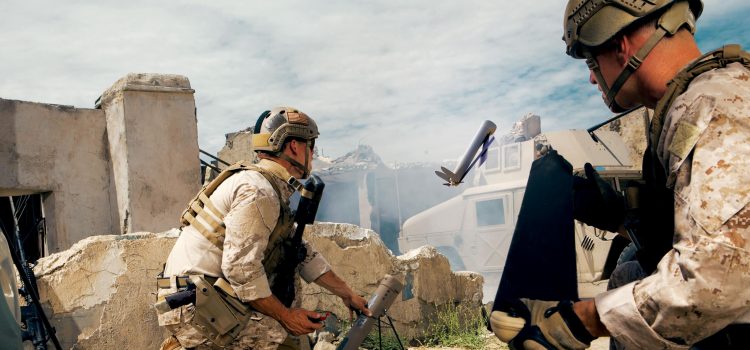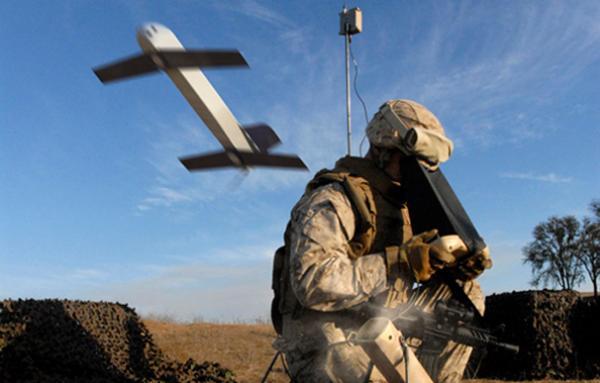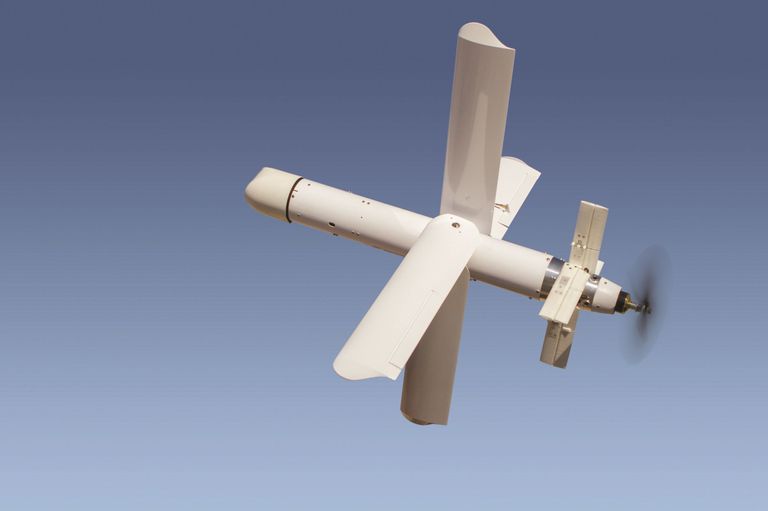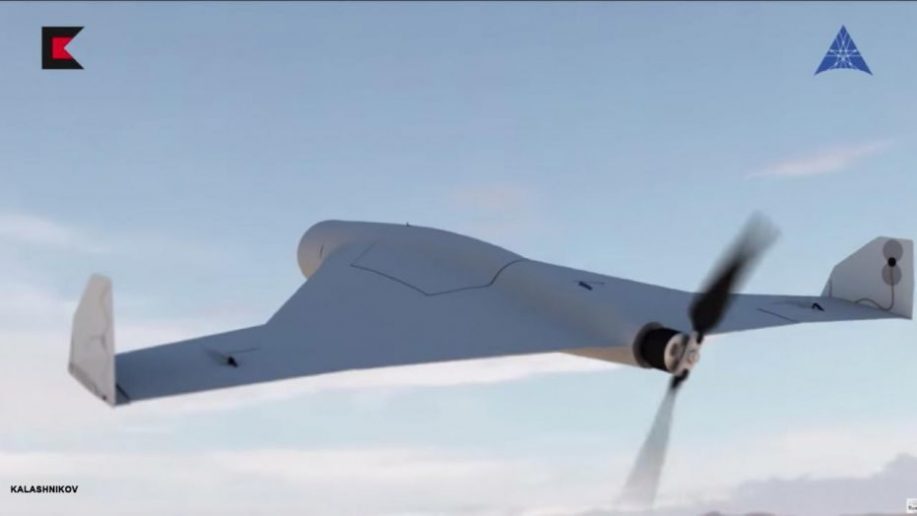
The Maelstrom Rising series already features some “cutting-edge” tech. Some of that tech has already been fielded; some of it is in development. One of these pieces of tech are “kamikaze drones,” which get employed to devastating effect in Escalation. A couple of my readers have commented on how scary they are. But they’re real, and we’re going to see more of them in the years to come.
(Side note: While tech will feature in the Maelstrom Rising series, it will never be depicted as the panacea that you might find in a lot of ’90s techno-thrillers. Anyone who has read my stuff before should already be aware of that. High tech complicates logistics, and logistics are already hampering everybody’s war effort in Maelstrom Rising.)
These kamikaze drones have been in development for some time. The US and Israel appear to have been the primary developers. The US has begun fielding the Switchblade drone several years ago.

The Switchblade was designed for ISR (Intelligence, Surveillance, Reconnaissance), but can also be equipped with a small warhead. This allows a role as a kamikaze drone, for precision strikes with less collateral damage than that from a Hellfire missile launched by a Predator or Reaper. The Switchblade is also controlled by operators on the battlefield, rather than a remote operator sitting in a trailer in Nevada.
Some of the call for kamikaze drones comes from simple economics. As this article from 2012 points out, these robots can now be produced cheaply enough that it makes sense to give them a precision munition capability. That said, nothing’s foolproof, and in a low-intensity conflict, that could backfire. We had a Raven in Faris in 2005 that lost signal and crashed somewhere less than 30 minutes after launch. Randomly losing munitions due to signal loss (which will happen) can be a problem.

Israel’s also been developing these weapons, and is already selling them. The Hero-30 is a 7-pound, remote-operated UAV that has a loiter time of 30 minutes. This allows the operator time to scan for his targets before sending the drone into its terminal dive, detonating it’s 1-lb warhead on impact. While the Israelis are not advertising their clients’ identities, they are already selling the Hero-30 on the open market.

What has really brought people’s attention back to kamikaze drones lately, however, has been the Russian employment of these weapons in Syria. Kalashnikov Concern is now mass-producing weapons along similar lines to the Switchblade. These drones, designated KUB-BLA, have been used against rebel forces in Syria.
Whether or not this is a full-scale deployment, or a test such as the Switchblade deployment in Afghanistan in 2012, remains to be seen. However, whether or not the KUB-BLA is in full use or not, there is a growing demand for similar weapons systems.
SOCOM was apparently asking for the next-generation iteration of the Switchblade in 2017. And there’s still talk about general employment this month, as a reader pointed me toward this article from Army Times (I would caution that most of us took the Marine Corps Times with a large grain of salt, and I don’t expect AT to be any better). However, while Kalashnikov Concern is already reportedly mass-producing the KUB-BLA, the LMAMS is still in development.
Time will tell just how much of an impact this tech has. No single piece of technology ever really revolutionizes warfare, at least not as much as its proponents will insist that it will. And just like the contest between armor and firepower, for every measure there is a countermeasure. Whether drones can keep ahead of counter-drone jamming and similar measures remains to be seen, especially when high-tech powers begin to clash. But they are a weapon that will have to be reckoned with, as they are becoming increasingly common. Even Azerbaijan claims to have them now.